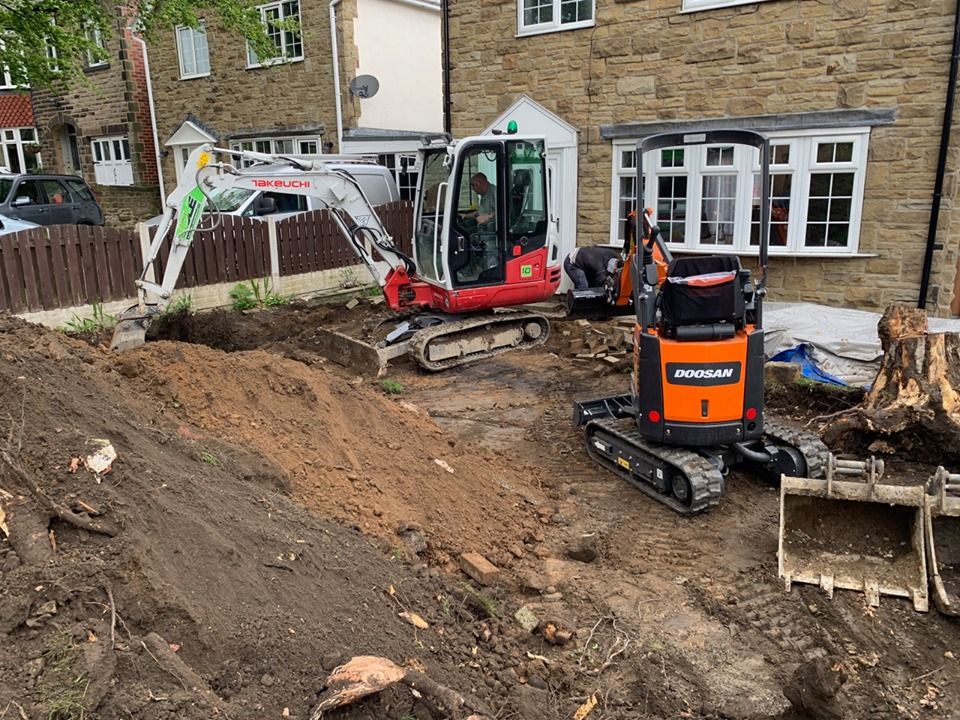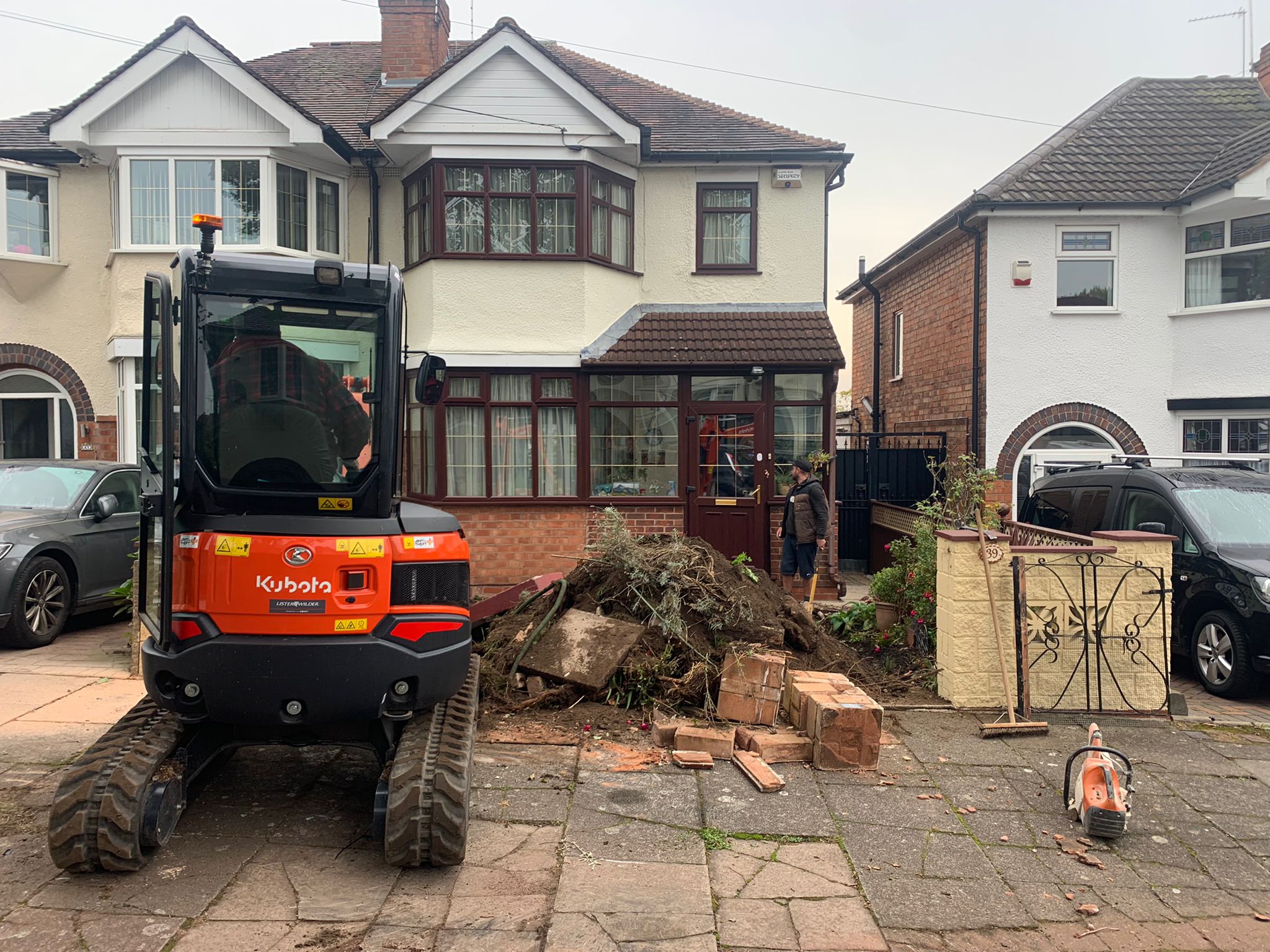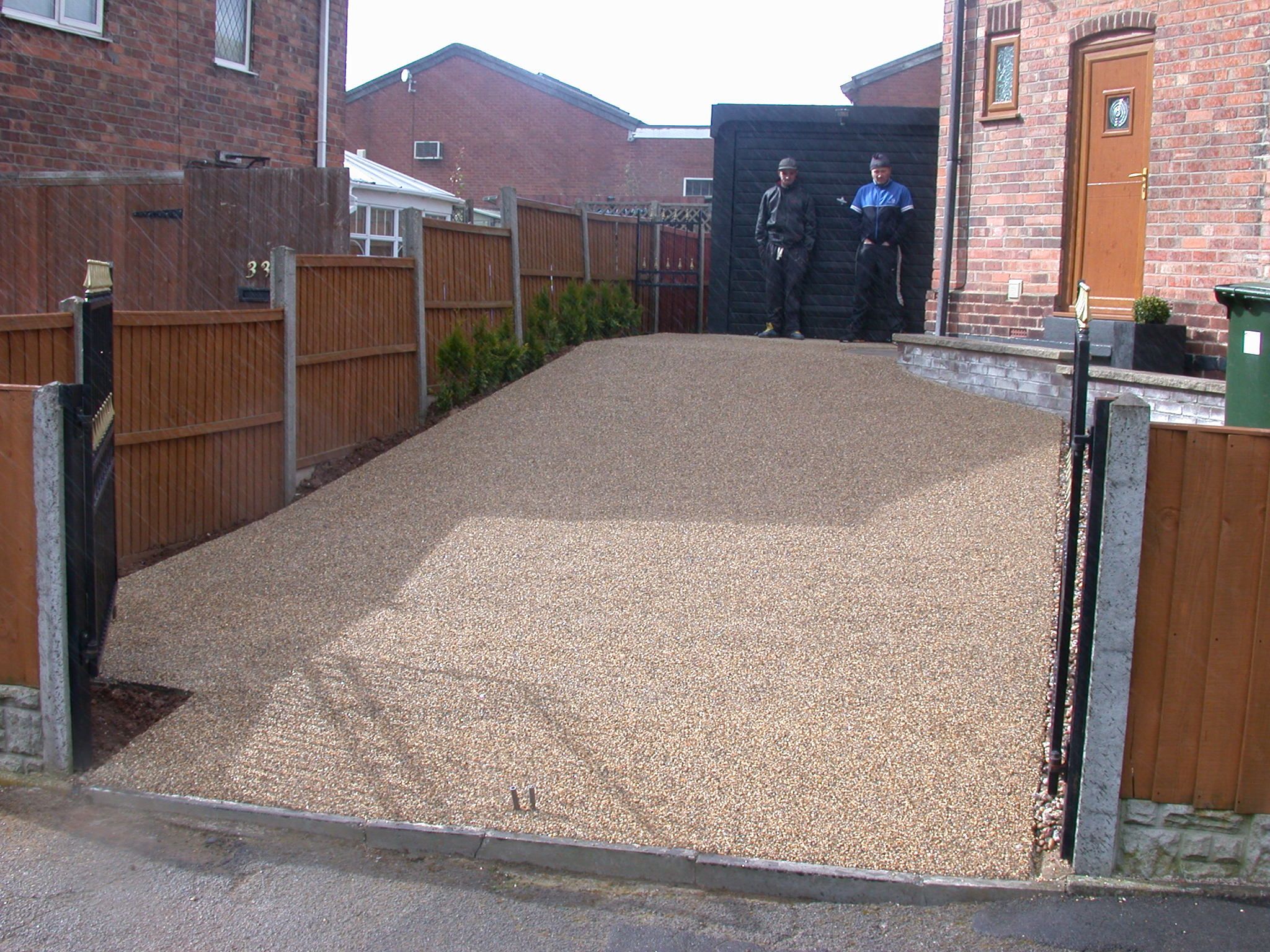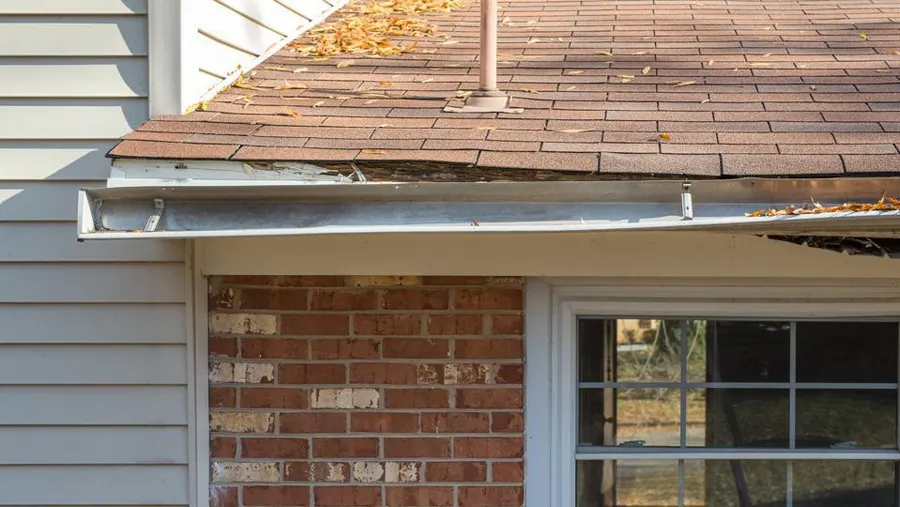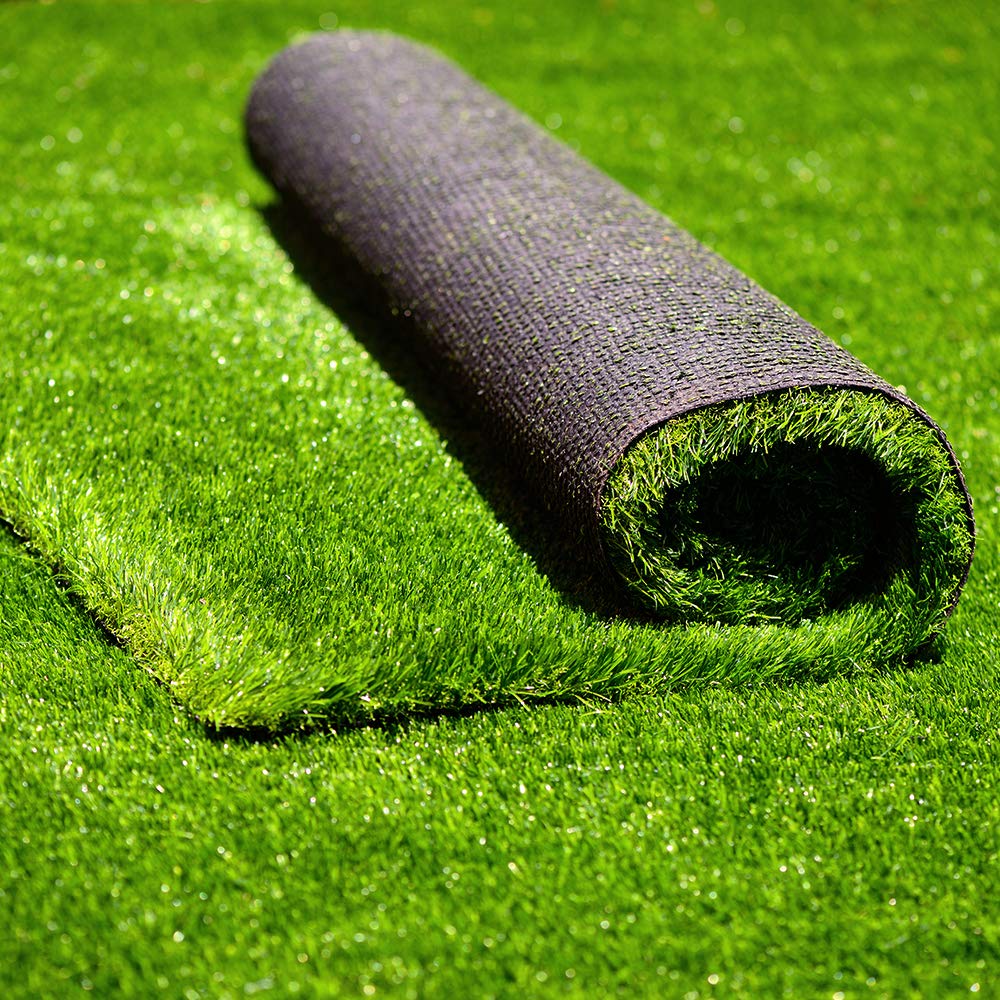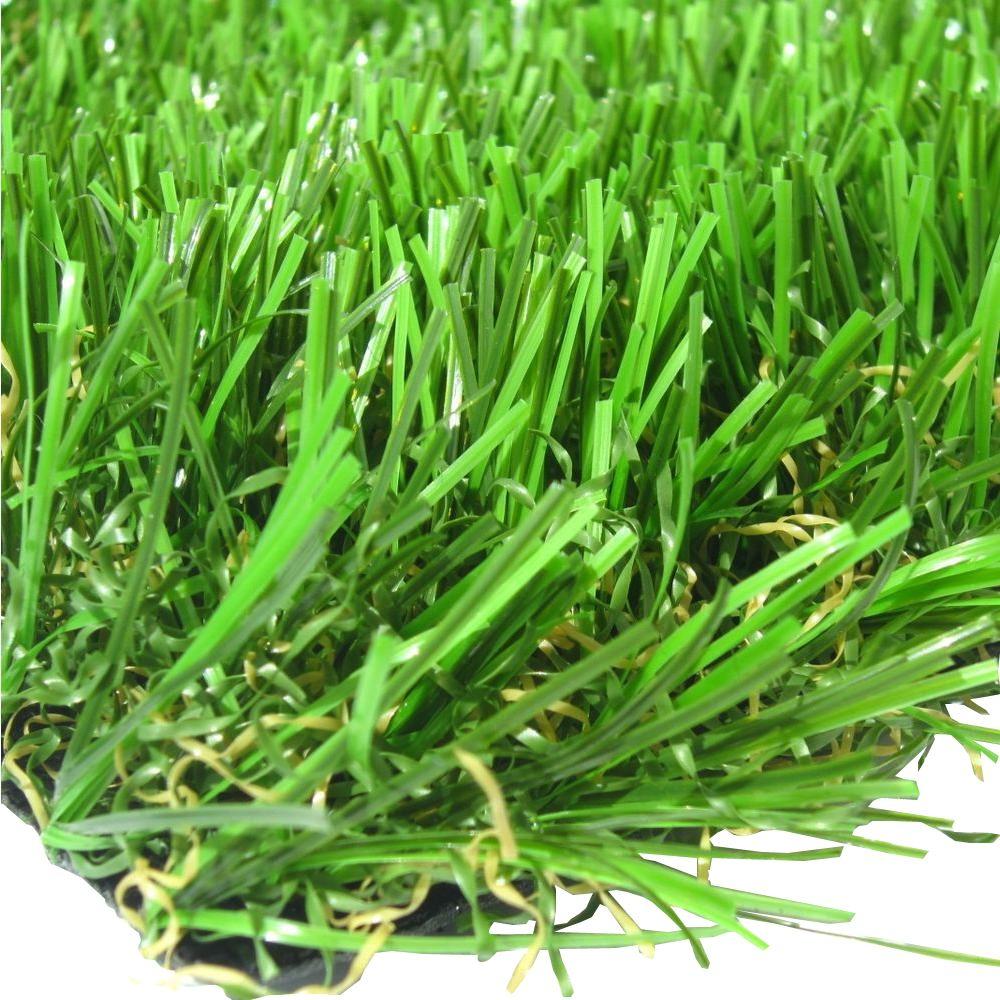In today’s fast-paced digital world, communication is key. Whether it’s a quick text, a detailed discussion, or sharing multimedia, messaging apps play a critical role in keeping people connected. One such app that has gained immense popularity due to its speed, security, and feature-packed experience is Telegram. If you’re looking for an app that provides secure, reliable, and versatile messaging, Telegram might just be your perfect choice.
What is Telegram?
Telegram is a cloud-based messaging app that offers instant messaging, voice calls, video calls, file sharing, and more. Launched in 2013 by brothers Pavel and Nikolai Durov, the app has grown to become one of the most widely used messaging platforms globally. Unlike many other apps, Telegram下载 places a strong emphasis on privacy, speed, and security, making it a favorite for users who prioritize confidentiality in their communications.
Why Download Telegram?
There are several reasons why millions of users have opted for Telegram over other messaging platforms. Some of its standout features include:
1. Enhanced Privacy and Security
Telegram has built a reputation for providing a secure messaging environment. It uses end-to-end encryption for secret chats, meaning that only you and the recipient can read the messages. This advanced encryption ensures that your conversations remain private and cannot be accessed by third parties, including hackers or even Telegram itself.
Additionally, Telegram offers a feature called “self-destructing messages,” where users can set a timer for messages to disappear after being viewed. This further enhances security for sensitive or confidential conversations.
2. Cloud-Based Convenience
Unlike traditional messaging apps that store chats solely on your device, Telegram operates on a cloud-based system. This means that your messages, media, and files are securely stored on Telegram’s servers and can be accessed from any device, whether it’s a smartphone, tablet, or desktop computer. You don’t have to worry about losing your data even if you switch devices.
3. Speed and Reliability
Telegram is known for its lightning-fast message delivery. Thanks to its efficient infrastructure, messages and media are delivered quickly, even when network connectivity is weak. This makes it a dependable option for users who need reliable communication in any situation.
4. Massive Group and Channel Capabilities
One of Telegram’s standout features is its ability to support large groups and channels. While most messaging apps have limits on group size, Telegram allows up to 200,000 members in a single group. Channels, on the other hand, offer a one-way communication feature where admins can broadcast messages to an unlimited number of subscribers. This makes Telegram ideal for large communities, businesses, and public figures looking to connect with a broad audience.
5. File Sharing with No Limits
Telegram sets itself apart from other messaging apps by allowing users to send files up to 2 GB in size. Whether it’s photos, videos, documents, or music, Telegram provides a seamless experience for sharing large files without compromising on quality.
6. Customization and Bots
Telegram is also known for its customizable features. Users can create custom themes, stickers, and chat backgrounds to personalize their experience. The app also supports bots—automated accounts programmed to perform specific tasks such as sending reminders, providing news updates, or managing groups.
7. Multi-Device Support
With Telegram, you can log in from multiple devices at the same time and continue your conversations seamlessly across platforms. This flexibility is particularly useful for users who frequently switch between their smartphone, tablet, and desktop.
How to Download Telegram
Downloading Telegram is a quick and simple process. The app is available for download on major platforms, including Android, iOS, Windows, macOS, and Linux. You can find it in app stores or directly download it from Telegram’s official site for desktop versions. After installation, you can sign up using your phone number and start exploring its features right away.
Tips for Getting the Most Out of Telegram
To maximize your Telegram experience, consider the following tips:
-
Set Up Two-Step Verification: Enhance your account security by enabling two-step verification, which adds an extra layer of protection.
-
Explore Secret Chats: If privacy is your top concern, try Telegram’s secret chat feature for encrypted, self-destructing conversations.
-
Join Channels and Groups: Discover new content by joining channels and groups that match your interests, whether it’s technology, news, fitness, or entertainment.
-
Create Your Own Stickers: Telegram allows users to design and upload their own sticker packs, adding a fun and creative touch to chats.
-
Use Bots: Explore the wide range of Telegram bots that can help you with tasks like language translation, weather updates, and managing to-do lists.
Final Thoughts
Telegram has evolved into much more than just a messaging app. With its emphasis on privacy, speed, and versatility, it caters to a wide range of users, from casual chatters to professionals managing large communities. Whether you’re looking for secure messaging, seamless file sharing, or customizable features, Telegram delivers it all in one app.


